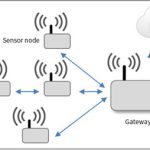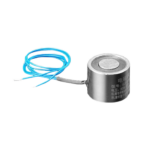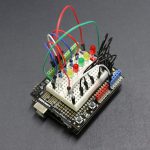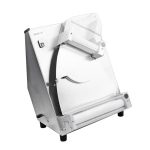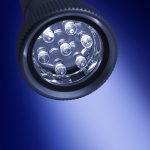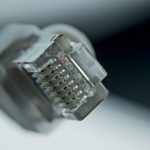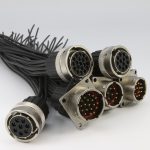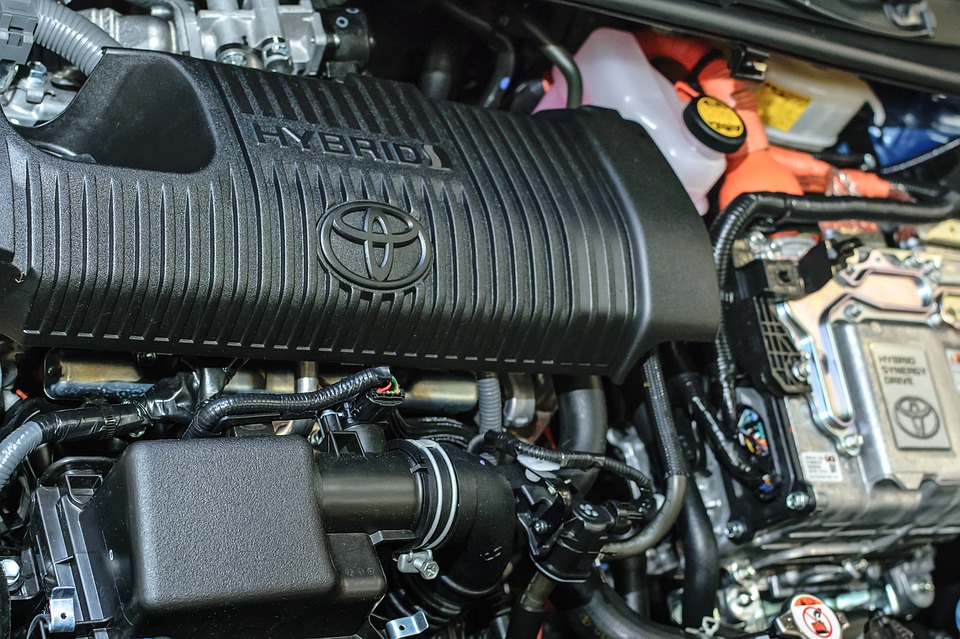
Electric Motors
Electric motors are electro-mechanical machines that convert electrical energy to mechanical energy. They actually produce rotational force. A motor’s operation relies on the interaction between the magnetic and electric field. Motors can be distinctly divided into two types,
- AC motors
- DC motors
AC Motors
AC Motors convert AC to mechanical power. AC motors possess many features and have larger installed base compared to DC motors. They can be further classified into;
- Induction motors
- Synchronous motors
- Linear motors
Induction Motors
Induction motors are also known as asynchronous motors. They rely on the magnetic field of the stator to produce an electric current in the rotor thus producing torque. They are the most common types of AC motors partially due to the fact that they can carry larger capacity of load with single phase induction motors. They are mostly used in household application. The three phase asynchronous motors are mostly used for industrial purposes like lifting gear, pumps, compressors, pumps and conveyer systems.
Synchronous motors
In synchronous motors, the rotation of the rotor and the frequency of the supply are synchronized. The current and speed remains constant even when loads vary thus is ideal for use in machine, robot arms and instrumentation.
Linear Motors
Linear motors convert electrical energy to linear motion. These motors have unrolled rotor and stator and are often used in sliding doors and actuators.
Advantages of AC motors
- Low power demand at the start
- Adjustable torque limit
- Controlled acceleration
- Adjustable operation speed
- Controlled starting current
- Minimal power line disturbances
DC Motors
DC motors are quite more popular than the AC motors owing to the fact that they cost less than their AC counterparts. DC motors however are more costly to maintain. This mostly applies to high power motors. They can be controlled by varying the supply voltage. DC motors are available in a wide range of voltages with the most popular type being the 12 and 24V.
There are two types of DC motors;
- Brushed
- Brushless
Advantages of DC motors
- Easy to install
- High starting torque
- Speed control over a wide range
- Linear speed-torque curve
- Quick starting
Brushed DC Motors
As their name suggests, Brushed Motors use brushes for commutation. They are relatively cheap and are often used in cost-sensitive applications where the controls are simple like in consumer applications and basic industrial equipment. Brushed motors can be further classified into two;
- Separately excited motors
- Self-excited motors
Separately excited
DC Motors in which the winding is excited by a separate DC source are referred to as separately excited DC motors. A separate source makes the armature energizes the armature winding of the motor thus producing flux.
Self-excited
Self-excited motors are further classified into;
Series wound
In series wound motors the motor field is connected in series with the armature.
Shunt wound
In shunt wound motors, the motor the field winding is placed parallel with the armature.
Compound wound
Compound wound generators have both parallel and series connection of the winding.
Permanent magnet
Brushless
Like the name suggests, brushless motors do not need brushes for commutation. As such, they are mechanically simpler and have longer lifespans. The motor is controlled via Hall Effect sensors which are used to detect the position of the position of the rotor and then using it to accurately control the motor. Brushless motors exhibit up to 80% more efficiency, are more durable and require little maintenance compared to their brushed counterparts.






